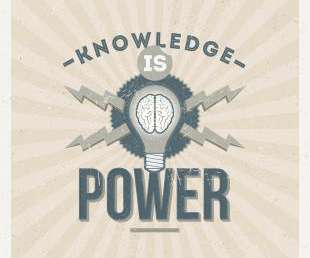7 Effective Instructional Design Models in 2023
WhatFix
MAY 12, 2023
Back to Blog Employee Training & Development 7 Effective Instructional Design Models in 2023 Published: May 12, 2023 Disha Gupta An increasingly competitive business landscape, accelerated technology adoption, and the rise of a global workforce are all significant factors in a renewed focus on employee learning and development.












































Let's personalize your content